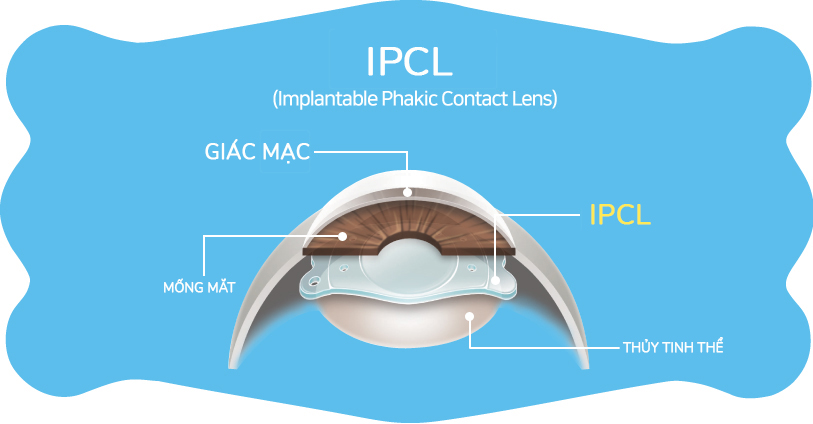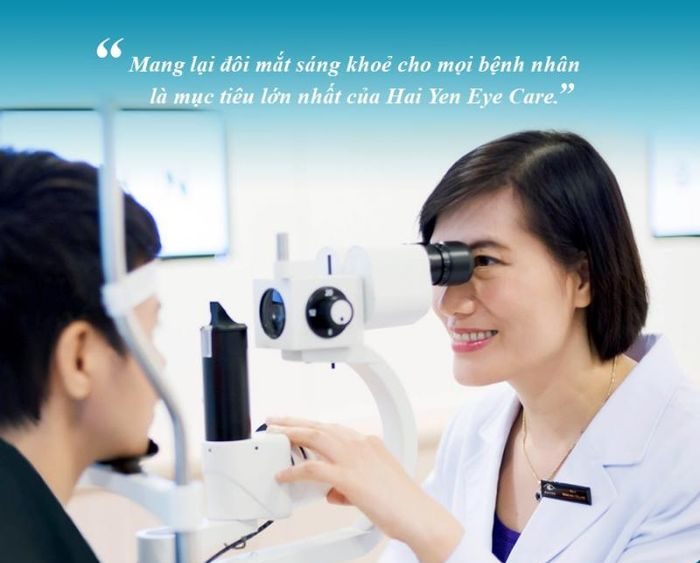
What Is Thin Cornea? Causes and Symptoms
Introduction The cornea is the transparent tissue at the front of the eye. It acts like a “window” that lets light in and helps focus images sharply on the retina. Normally, the average corneal thickness is about 500–550 micrometers. When the thickness is below this range, the condition is called a thin cornea. A thin […]

The Universal ICL Lens in Phakic Surgery
Introduction Over the past decade, the demand for refractive error treatment has grown rapidly. Phakic ICL (Implantable Collamer Lens) has become one of the most advanced solutions in the category of Phakic surgeries. Made from highly biocompatible Collamer®, the Phakic ICL lens provides sharp and stable vision correction without causing damage to the cornea. It […]

The Habit of Binge-Watching Short Videos Is Silently Eroding Your Vision
Introduction In recent years, the explosion of TikTok, Reels, and YouTube Shorts has created a new form of entertainment habit: binge-watching, meaning watching a continuous stream of short videos. The attraction of these clips, each only a few seconds long, has made many people almost “addicted” and unable to stop. However, behind this entertainment lies […]

Frequent Eye Twitching – When to Worry About Hidden Health Risks
Introduction Eye twitching, also known as eyelid spasm, is a condition where the eyelid trembles slightly and uncontrollably, usually lasting only a few seconds before disappearing. Most cases are harmless. However, if this phenomenon occurs continuously and is accompanied by abnormal symptoms, it can be a warning sign of an underlying health problem that requires […]

From -6.0D Myopia to Freedom Without Glasses – Phakic ICL Helps You See Clearly at Hai Yen Eye Care
Introduction Myopia not only affects studying and working but also limits many opportunities in life. For people with high myopia of -6.0D or more, dependency on glasses or contact lenses often becomes a burden. The story of Mr. Cao Nghiep – who had -6.0D myopia and underwent Phakic ICL (Phakic ICL) surgery at Hai Yen […]

5 Ways to Prevent Eye Strain When Using Screens Daily
Introduction Eye strain is a frequent issue among those who work in offices, study, or spend time on computers, smartphones, and tablets every day. According to the American Academy of Ophthalmology (AAO), digital eye strain can lead to dry eyes, headaches, blurred vision, and even long-term impacts on quality of life. This article analyzes five […]

The Role of Eye Drops in Treating Conjunctivitis
Introduction Conjunctivitis (commonly known as pink eye) is a very common eye condition that can affect people of all ages—from newborns to the elderly. It can be caused by viruses, bacteria, allergies, or irritants. Typical symptoms include red eyes, swelling, itching, discharge, and excessive tearing. Eye drops are the first-line treatment choice, helping to relieve […]

Phakic ICL – Solution to Correct Up to 30 Diopters at Japan International Eye Hospital
High Myopia – Eliminating Physical and Mental Burdens with Phakic ICL Myopia already causes many inconveniences in daily life. For those with high myopia, the burden is multiplied many times: Thick, heavy glasses that put pressure on the nose bridge and temples. Distorted images and poor vision lead to loss of confidence in communication. High […]

Blue Light – The Hidden Culprit Behind Premature Eye Aging
Introduction In the digital era, our eyes are exposed to blue light from many sources: smartphones, computers, TVs, LED lights. While UV rays have long been a concern, the harmful effects of blue light are the “silent killer” accelerating eye aging. Ophthalmology studies show that excessive blue light exposure not only causes eye strain and […]

What is Pink Eye (Conjunctivitis)? Causes & Effective Prevention
What is Pink Eye? Common Causes and Prevention Pink eye (conjunctivitis) is one of the most common eye conditions. It is usually not dangerous but can spread quickly in the community, especially during the rainy season – a time to pay close attention to eye disease prevention and refractive errors, particularly when the weather is […]

 vi
vi